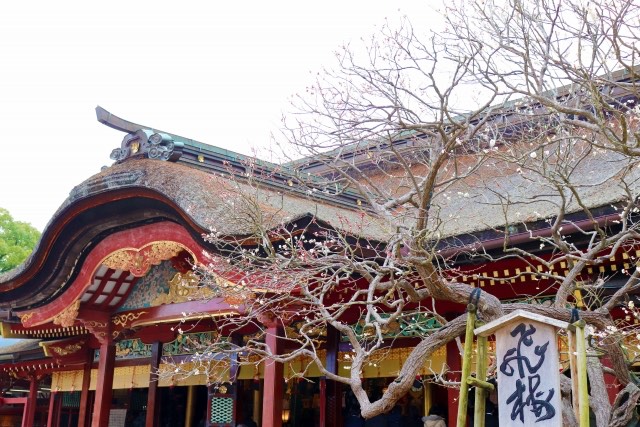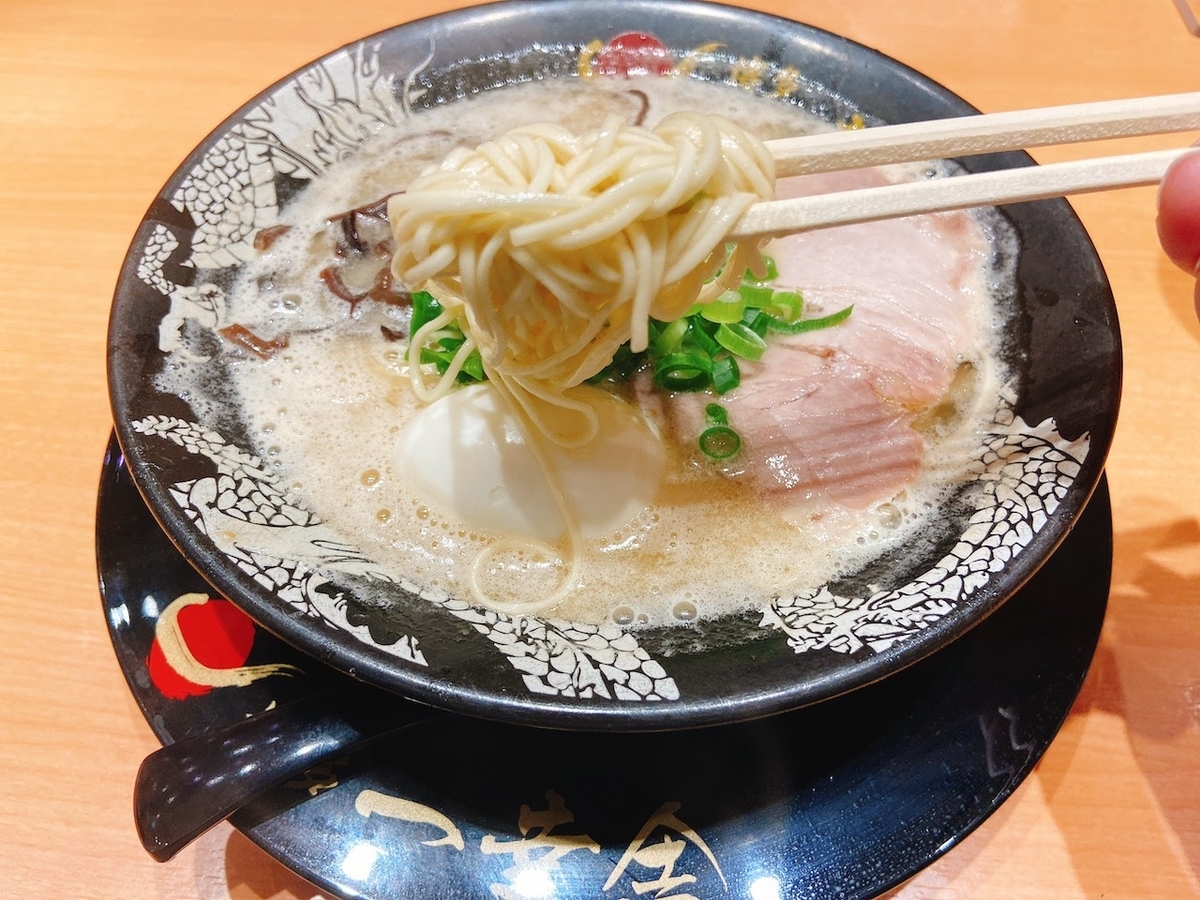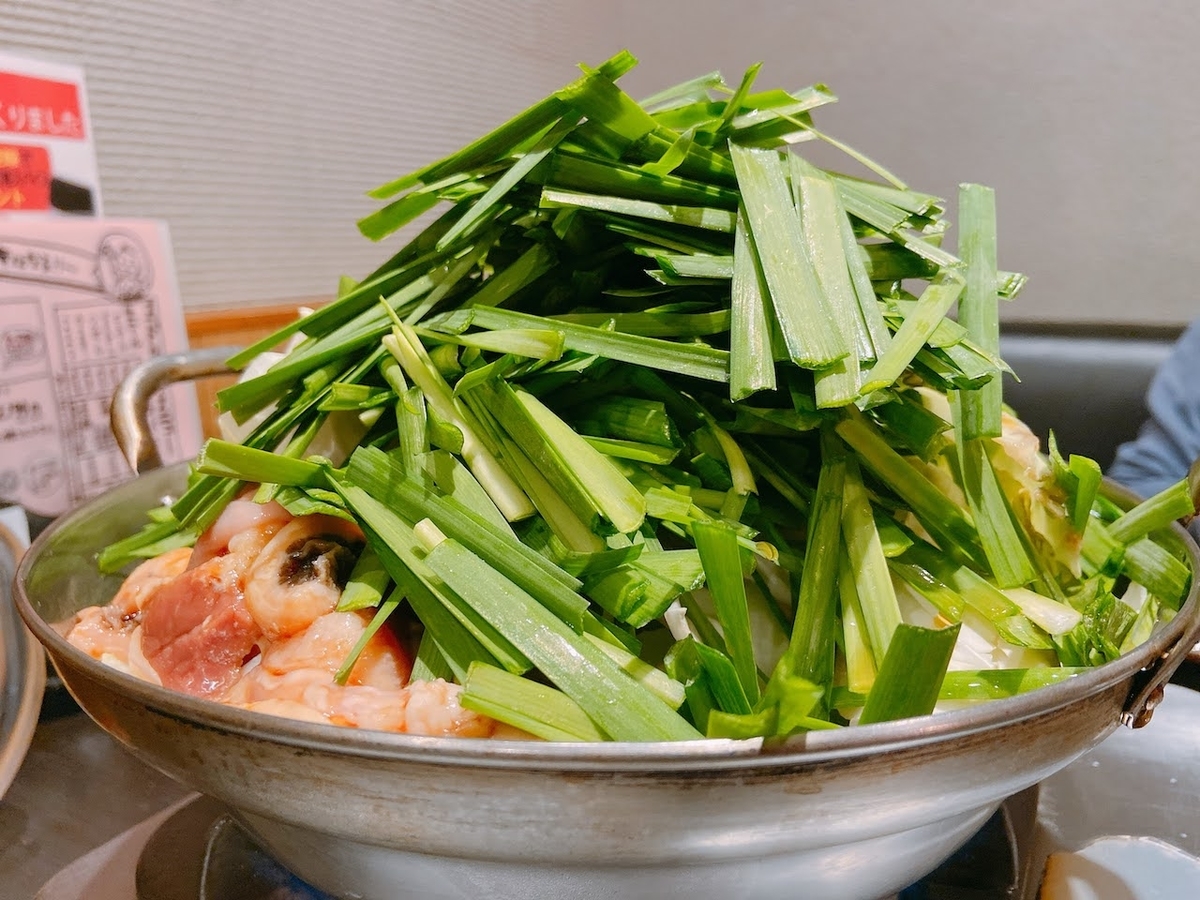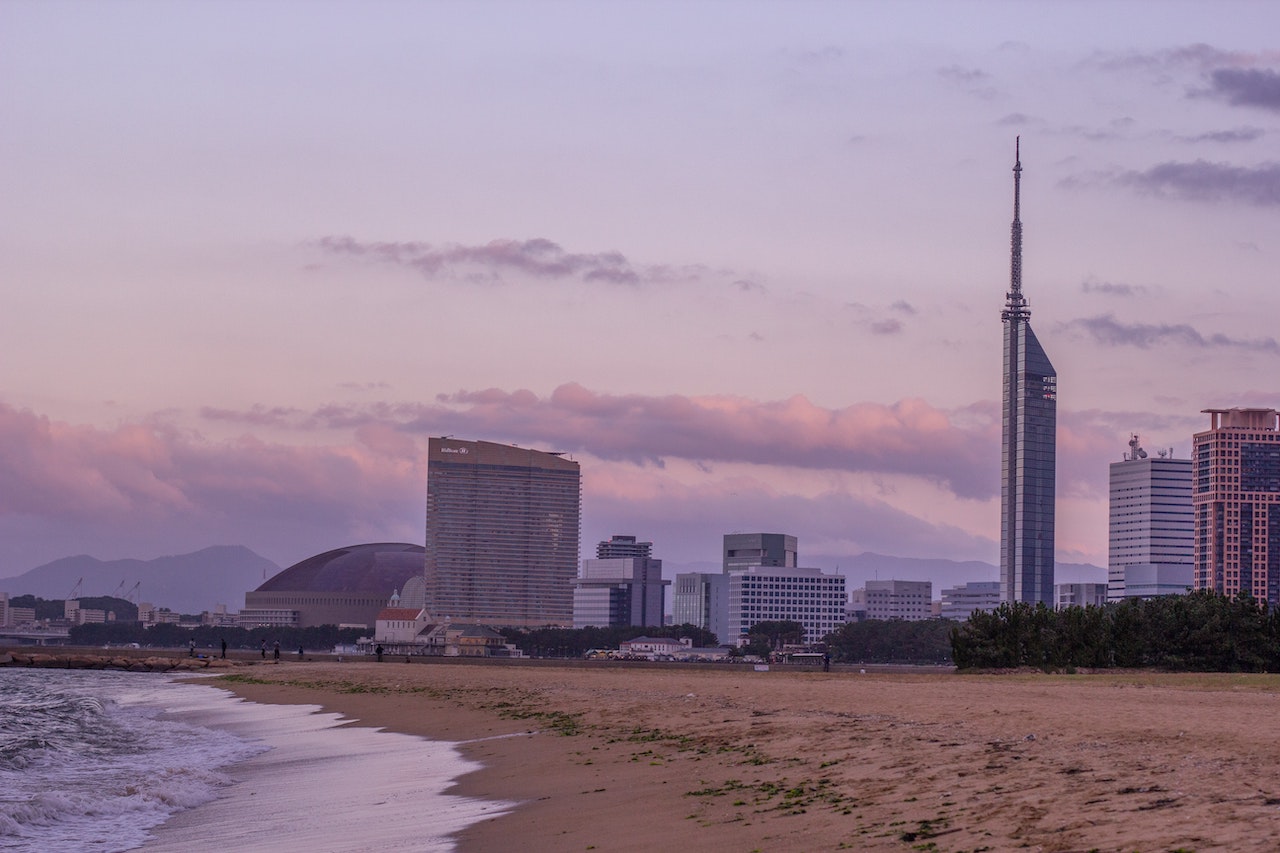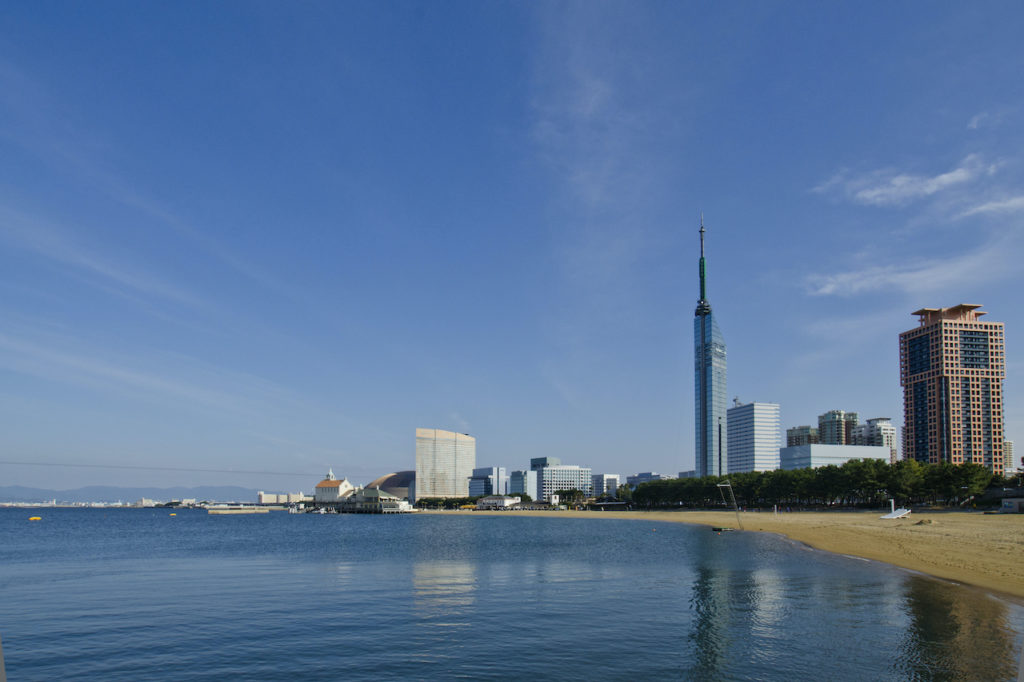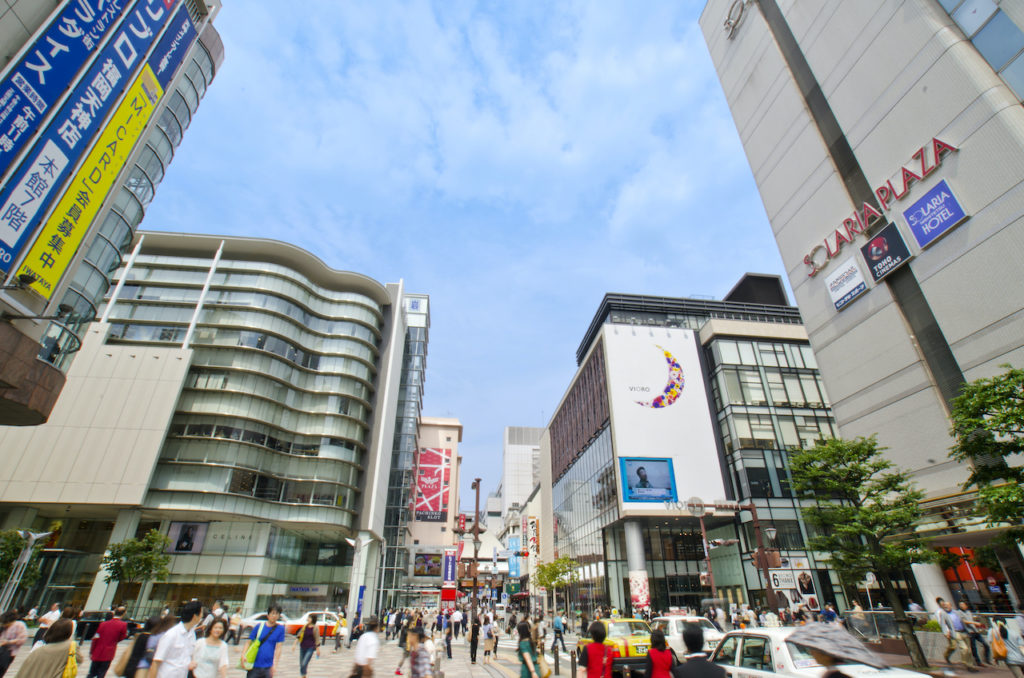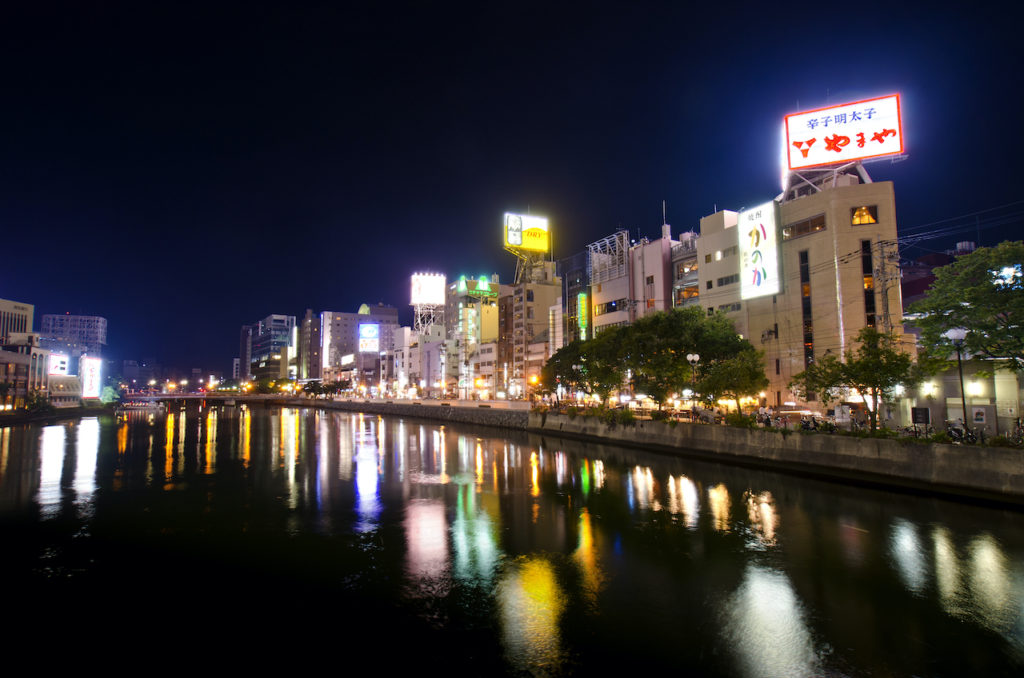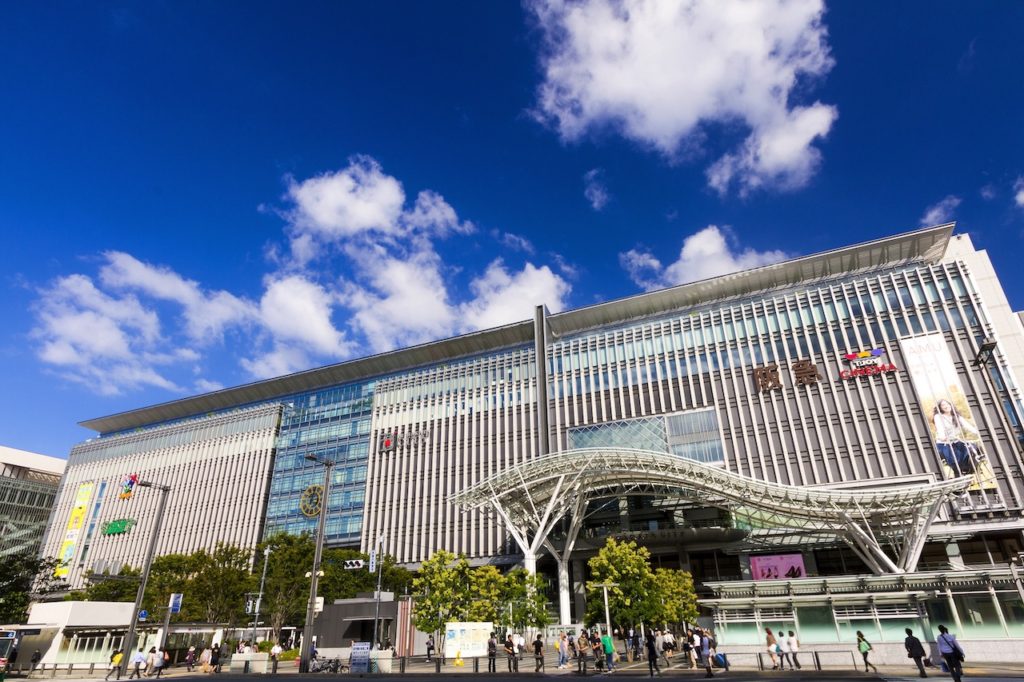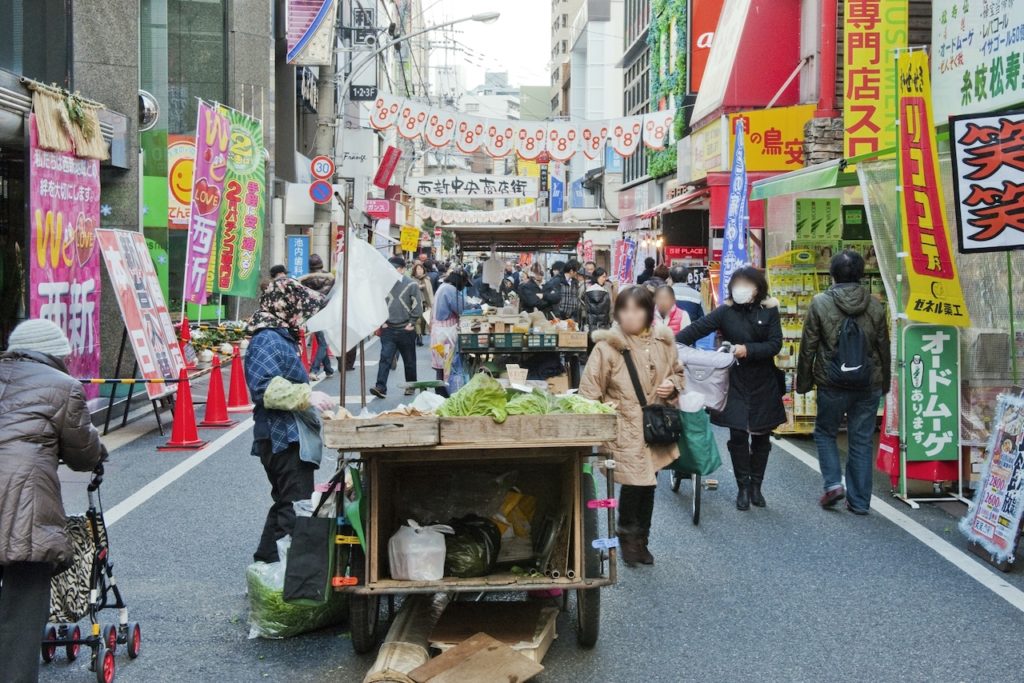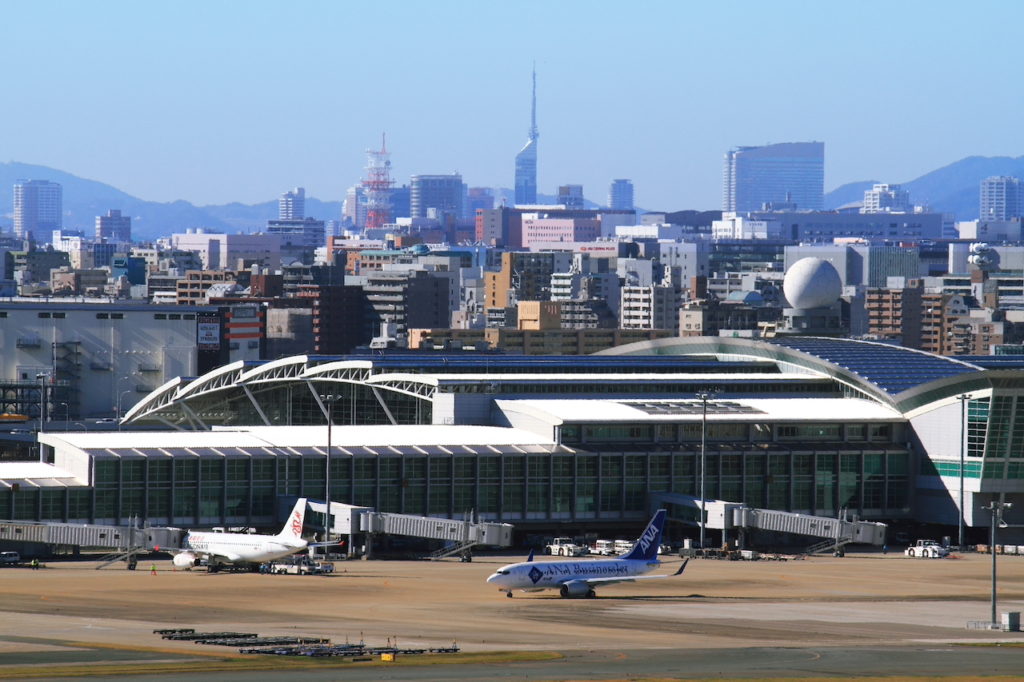As someone who has lived in Fukuoka for 18 years and visits the city annually, I’m here to share about a renowned tourist destination you absolutely must visit in Fukuoka – Dazaifu Tenmangu Shrine.
Located conveniently close to the popular “Sakamoto Hachimangu Shrine,” which gained fame in the era of the new era name “Reiwa,” this shrine is a must-see attraction.
This spot is familiar to locals and is considered one of Fukuoka’s iconic landmarks.
Basic Information and Access to Dazaifu Tenmangu Shrine
- Address: 4-7-1 Saifu, Dazaifu, Fukuoka 818-0117
- Phone: +81 92-922-8225
- Visiting Hours: 6:00 AM to 6:30 PM (Dec-Mar) / 7:30 AM (Jun-Aug) / 8:00 AM (Fri-Sat) / 7:00 AM (other days)
- Admission Fee: Free
- Parking: Paid parking available (check official website)
- Official Website: https://www.dazaifutenmangu.or.jp/
Getting to Dazaifu Tenmangu Shrine
On weekdays or less eventful weekends, visiting by car is fine. However, during events like the Shichi-Go-San festival or year-end holidays, it gets quite crowded. In such cases, I strongly recommend using the Nishitetsu train for access.

If you’re coming from Nishitetsu Fukuoka (Tenjin) Station, take the Nishitetsu Daimyu Line to Nishitetsu Nijinomachi Station. Transfer to the train bound for Dazaifu at Nishitetsu Nijinomachi Station and ride until the last stop, Dazaifu Station. The fare is 400 yen.

Dazaifu Station has a unique decoration, and when you step off the train, you’ll feel an uplifting vibe. Dazaifu Station is well-maintained and quite different from other Nishitetsu stations (laughs).

Also, there are coin lockers available at the station, which is convenient for storing luggage.

If you’re coming from JR Hakata Station, there seems to be a convenient direct bus service. From the bus terminal at Hakata Station, take the bus bound for Dazaifu Station. You’ll reach Nishitetsu Dazaifu Station in about 42 minutes. The fare is 600 yen.
From Nishitetsu Dazaifu Station, it’s about a 10-minute walk to Dazaifu Tenmangu Shrine.
As there’s a pathway leading from the station to the shrine, walking along the path towards the mountainside will reveal the precincts of Dazaifu Tenmangu Shrine.

Inside Dazaifu Tenmangu Shrine and its Atmosphere
Being a representative shrine of Fukuoka, the shrine grounds are quite extensive. Right as you enter, you’ll find the “Oshingyuu” (sacred cow), which is said to bring good luck when touched at places where you wish to heal. Don’t forget to give it a gentle pat with your wishes in mind!

Proceeding along the path called “Daikyo Bridge,” a splendid red bridge, you’ll see the main hall.
Blessings of Dazaifu Tenmangu Shrine

Dazaifu Tenmangu Shrine is known as the deity of learning, sincerity, and warding off misfortune. Especially as the deity of learning, it gets extremely crowded during the exam season from January to February. I can’t verify if it’s true, but I’ve heard rumors a couple visiting the shrine might end up parting ways.
Obtaining “Goshuin” (shrine seal) at Dazaifu Tenmangu Shrine

You can receive “Goshuin” at Dazaifu Tenmangu Shrine. The cost for the seal is 500 yen. On April 30, the last day of Heisei era, there was a long line for it.
Noteworthy Festivals at Dazaifu Tenmangu Shrine
While various festivals take place at Dazaifu Tenmangu Shrine every month, the most famous one is the “Kurumizu no En” held around the Hina Festival in March.
In this refined ceremony, participants dressed in Heian-period attire, including a “juni-hitoe” (twelve-layered ceremonial kimono), compose a poem while cups of sake float down the stream in the garden. They then sip the sake as it passes in front of them.
Quote: From Dazaifu Tenmangu Shrine’s official website.
It’s quite unusual to see people dressed in Heian-era clothing composing poems. It’s something I’d love to witness during my lifetime, though I haven’t had the chance yet. The latest festival information can be found on the official website of Dazaifu Tenmangu Shrine.
Specialties and Local Products around Dazaifu Tenmangu Shrine

When you think of Dazaifu Tenmangu Shrine, you probably think of “Ume Ga E Mochi” (plum blossom rice cake) – that’s how synonymous it is with the shrine. Whenever I visit Dazaifu Tenmangu Shrine, I always make sure to try “Ume Ga E Mochi.” It’s a grilled rice cake stuffed with sweet bean paste, and its simple taste is quite delightful. I love it so much that even when I go back to Fukuoka to visit, I buy “Ume Ga E Mochi” at Fukuoka Airport and freeze them for later.
Many “Ume Ga E Mochi” shops line the approach to Dazaifu Tenmangu Shrine, but the most famous one is “Kasa no Ie.” I actually tried “Ume Ga E Mochi” there, and it was crispy on the outside and piping hot on the inside – truly delicious. You can even find frozen “Ume Ga E Mochi” at Fukuoka Airport and local supermarkets, making them easily accessible.

Basic Information about Kasa no Ie
- Address: 2-7-24 Saifu, Dazaifu, Fukuoka 818-0117
- Phone: 092-922-1010
- Business Hours: 9:00 AM to 6:00 PM
- Closed: None
- Official Website: http://www.kasanoya.com/umegaemochi.html
Additionally, the Starbucks located on the approach to Dazaifu Tenmangu Shrine is quite popular due to its stylish wooden exterior. It’s right in front of Kasa no Ie.

Basic Information about Starbucks Dazaifu Tenmangu Omotesando Store
- Address: 3-43 Saifu, Dazaifu, Fukuoka 818-0117 https://goo.gl/maps/mmpxNVrCNpC2
- Phone: +81 92-919-5690
- Business Hours: 8:00 AM to 8:00 PM
- Closed: None
Hidden Autumn Foliage Spot near Dazaifu Tenmangu Shrine
About a 5-minute walk from Dazaifu Tenmangu Shrine, you’ll find Komyo Zenji Temple, which becomes beautifully colored with autumn foliage during the fall season.
Even locals from Fukuoka might not know about Komyo Zenji Temple, despite its proximity to Dazaifu Tenmangu Shrine.
Manga to Read Before Visiting Dazaifu Tenmangu Shrine
Before visiting Dazaifu Tenmangu Shrine, it’s recommended to read the manga “Outen no Mon,” featuring Sugawara no Michizane, the shrine’s enshrined deity. This will make your visit even more profound! I’ve also read “Outen no Mon,” and the duo of Sugawara no Michizane and the dashing “Ariwara no Narihira” is captivating. It has an air of mystery like a detective novel, making it an easy and enjoyable read. While I had a somewhat gloomy impression of Sugawara no Michizane, who was exiled to Dazaifu, getting to know his youthful side through the manga changed my perspective.
Dazaifu Tenmangu Shrine is Recommended for…
It’s a must-visit not only for students preparing for exams but also for anyone interested in Sugawara no Michizane and all tourists in Fukuoka.
Since the popular tourist spot “Sakamoto Hachimangu Shrine,” which gained popularity with the announcement of the new era name “Reiwa,” is also near Dazaifu Tenmangu Shrine, I recommend visiting both.
